Pripyat, Ukraine —(Map)
Ukraine reports that fire fighters have put out forest fires near the location of the world’s worst nuclear accident. The forest fires threatened to spread dangerous radiation through the air, though the accident happened over 30 years ago.
Nuclear power is created by splitting atoms. It’s a dangerous process – built on the science behind nuclear weapons. Nuclear power produces toxic waste which must be handled and stored with great care.
The great danger of nuclear power is radiation. If something is “radioactive” that means it gives off radiation. Radiation is energy traveling in waves.
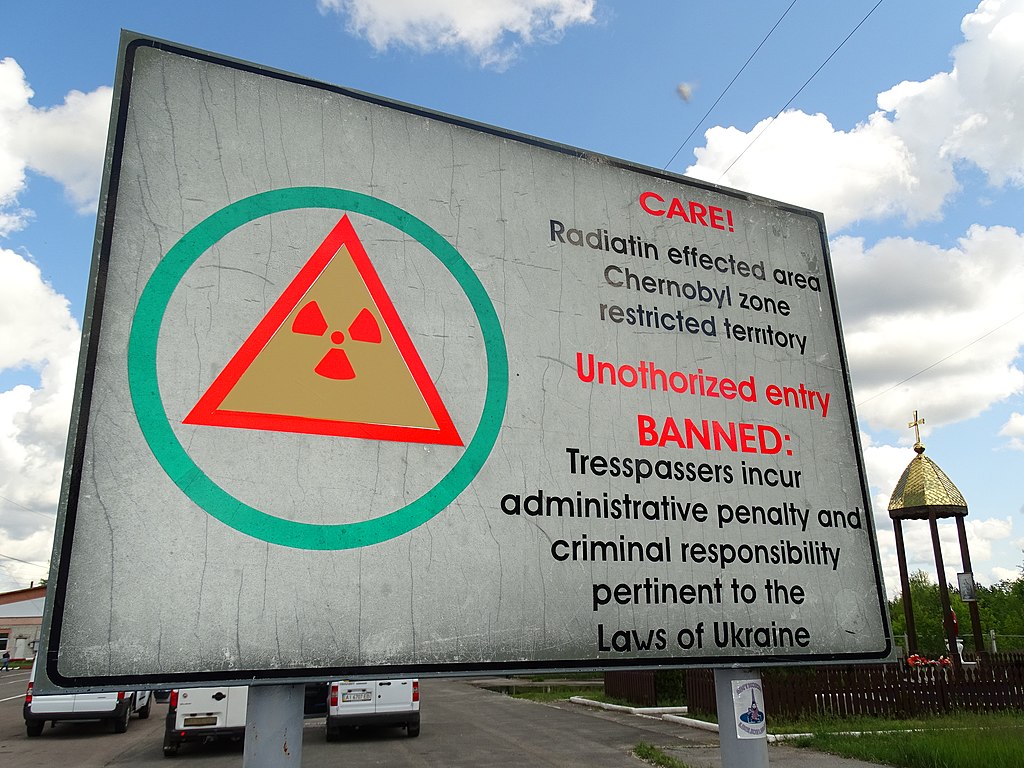
(Source: Adam Jones [CC BY-SA], via Wikimedia Commons.)
High levels of radiation can cause sickness or even death. It can also affect the DNA of humans and animals. That means it can affect the children of people who have been exposed to high levels of radiation.
The Chernobyl Nuclear Power Plant (CNPP) is about 60 miles (100 kilometers) away from Kyiv, Ukraine. In 1986, Ukraine was part of the Soviet Union (USSR) – a huge country that included Russia and many other nations. The USSR broke up in 1991 and most of those smaller nations, like Ukraine, are now their own countries.
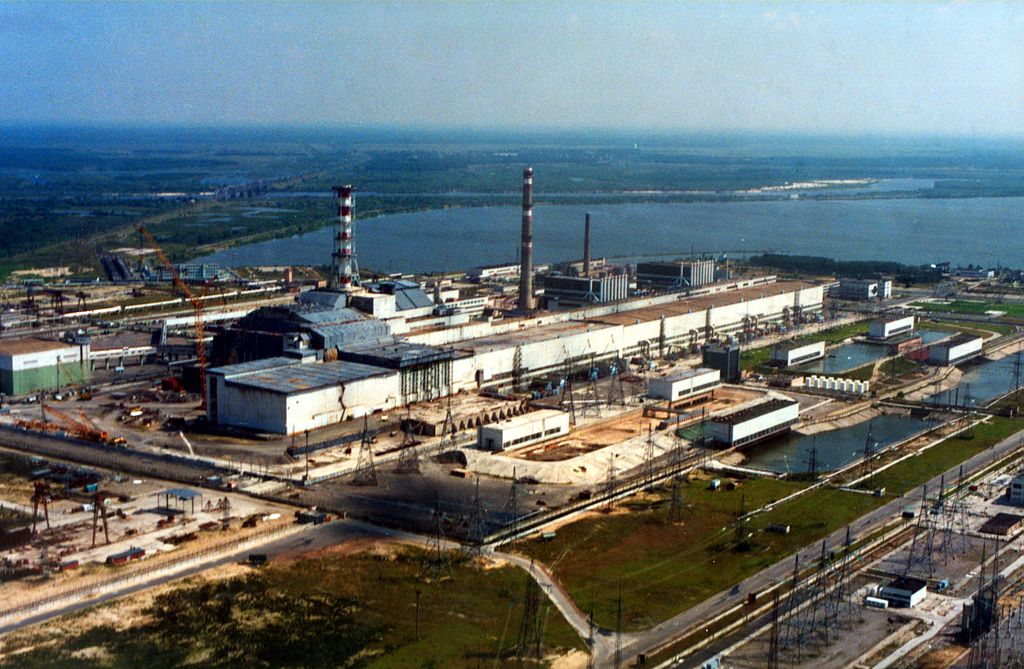
(Source: IAEA Imagebank [CC BY-SA], via Wikimedia Commons.)
In 1986, the CNPP had the worst nuclear accident in history. A series of mistakes and accidents caused an explosion and a huge fire, which burned for nine days. During that time, radioactive pollution was released over parts of the USSR and western Europe.
As a result of the disaster, entire cities had to be cleared. Over 100,000 people had to leave their homes forever. A 1,000 square mile (2,600 square kilometer) area around the CNPP was set apart as the “Chernobyl Exclusion Zone” to keep people away from the radioactive pollution.
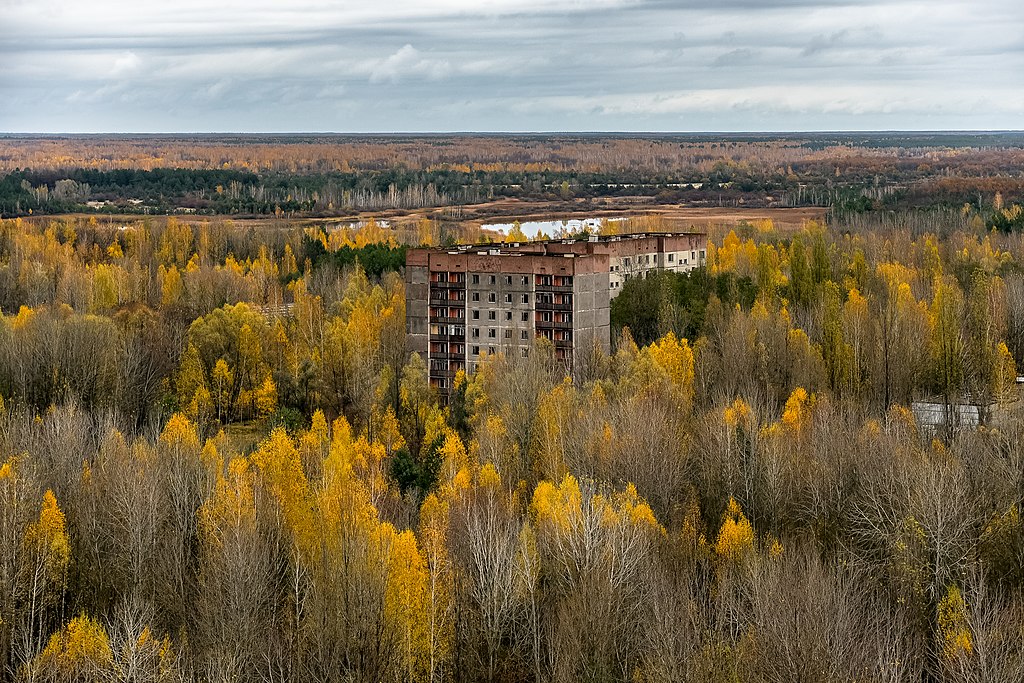
(Source: Jorge Franganillo [CC BY], via Wikimedia Commons.)
Much of the land in the Zone is forest and grassland. Radioactivity breaks down slowly over time, so the radiation has dropped some by now. The radioactive pollution has become part of the plants and the dirt in the area.
But on April 4, a fire broke out in the Zone. The danger from fires there is much greater than regular forest fires because they can release the radioactive pollution back into the air. Once the pollution is in the air, it can be spread by the wind.
Forest fires are common in the area, where many trees were killed by the radiation, but the recent fires were larger than normal.
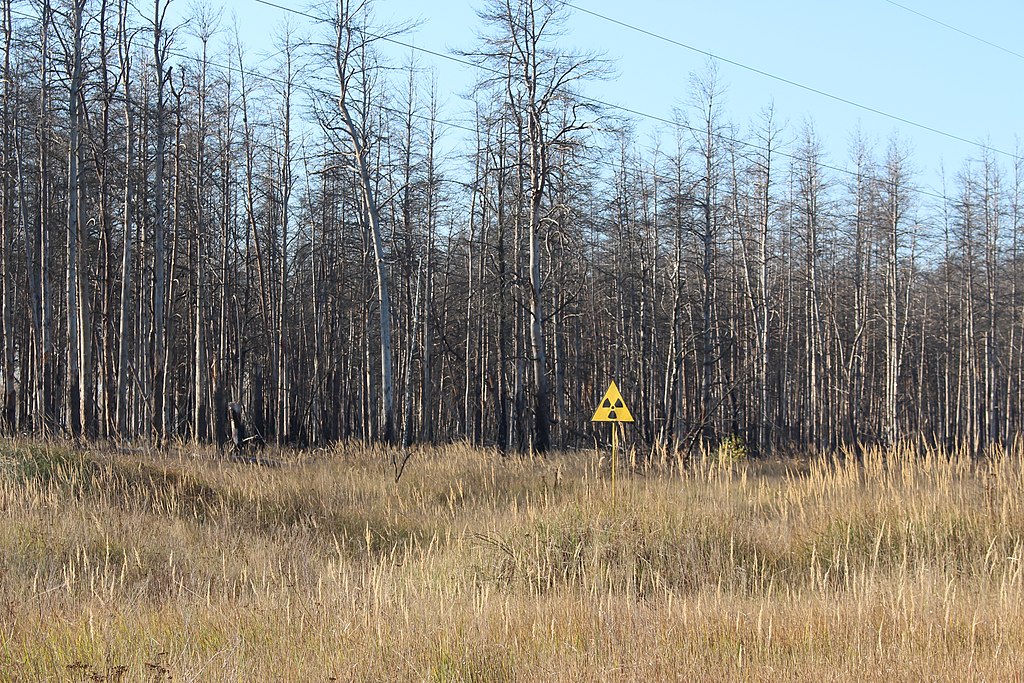
(Source: ArticCynda [CC BY-SA], via Wikimedia Commons.)
Over the last 10 days, hundreds of fire fighters have been struggling against the blazes. One fire came close to the CNPP. Keeping fires away from the plant is important, since dangerous toxic material is still stored there.
Fighting the fire was much more challenging than normal, because of the radiation dangers. In some places, fire fighters couldn’t dig ditches to stop the fire from spreading, so most of their efforts went into dropping water from the air.
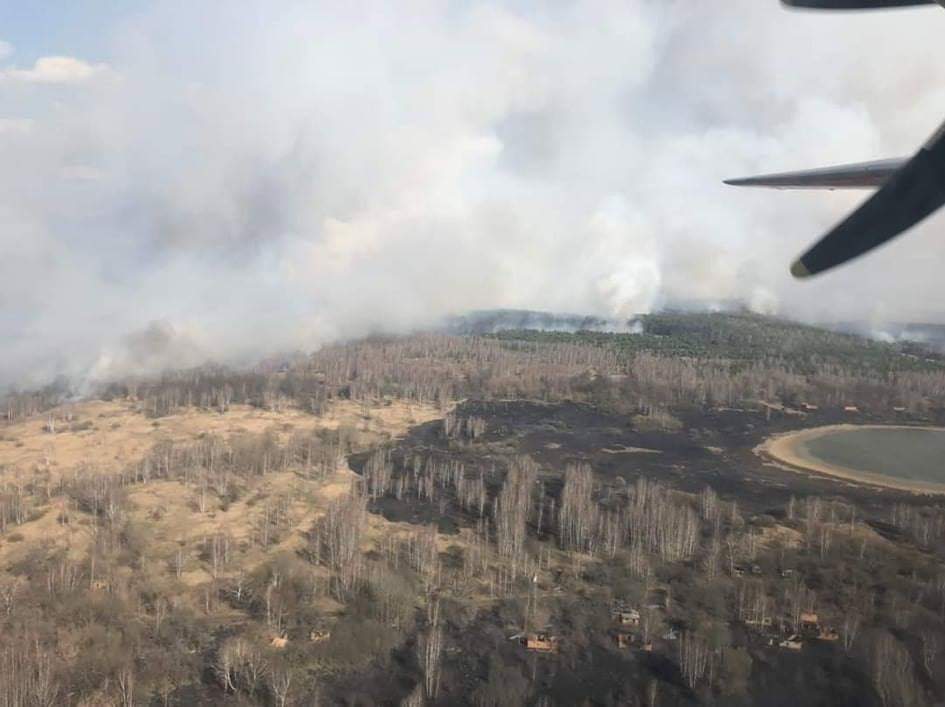
(Source: State agency of Ukraine on Exclusion Zone management [CC BY], via Wikimedia Commons.)
Rain in the area helped bring the fires under control. Ukraine’s government says that there are still some small grass fires, but there are no major open fires still burning. The government says radiation levels in the air in Kyiv and nearby areas are normal.
Did You Know…?
The CNPP had four reactors and only one had an accident. The other three continued to run until 2000. Now the site is being cleaned up – a process that will take until 2065. Still, scientists don’t expect people to be able to live in the area for about 20,000 years.
😕
This map has not been loaded because of your cookie choices. To view the content, you can accept 'Non-necessary' cookies.
